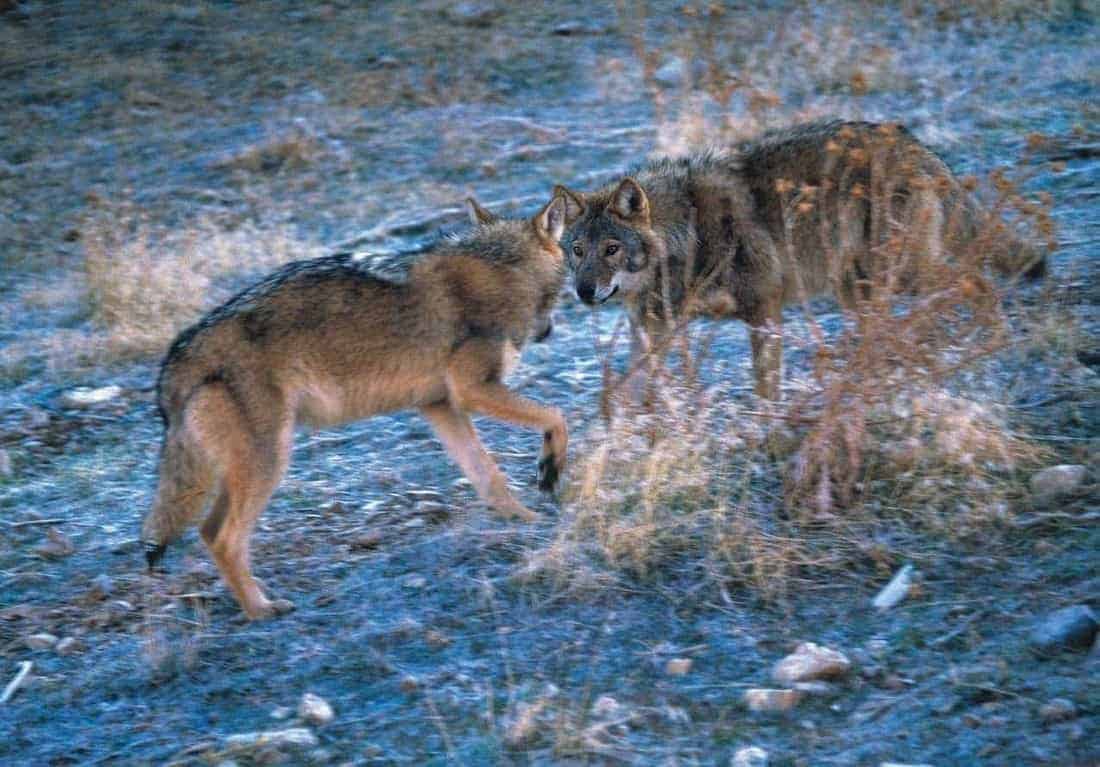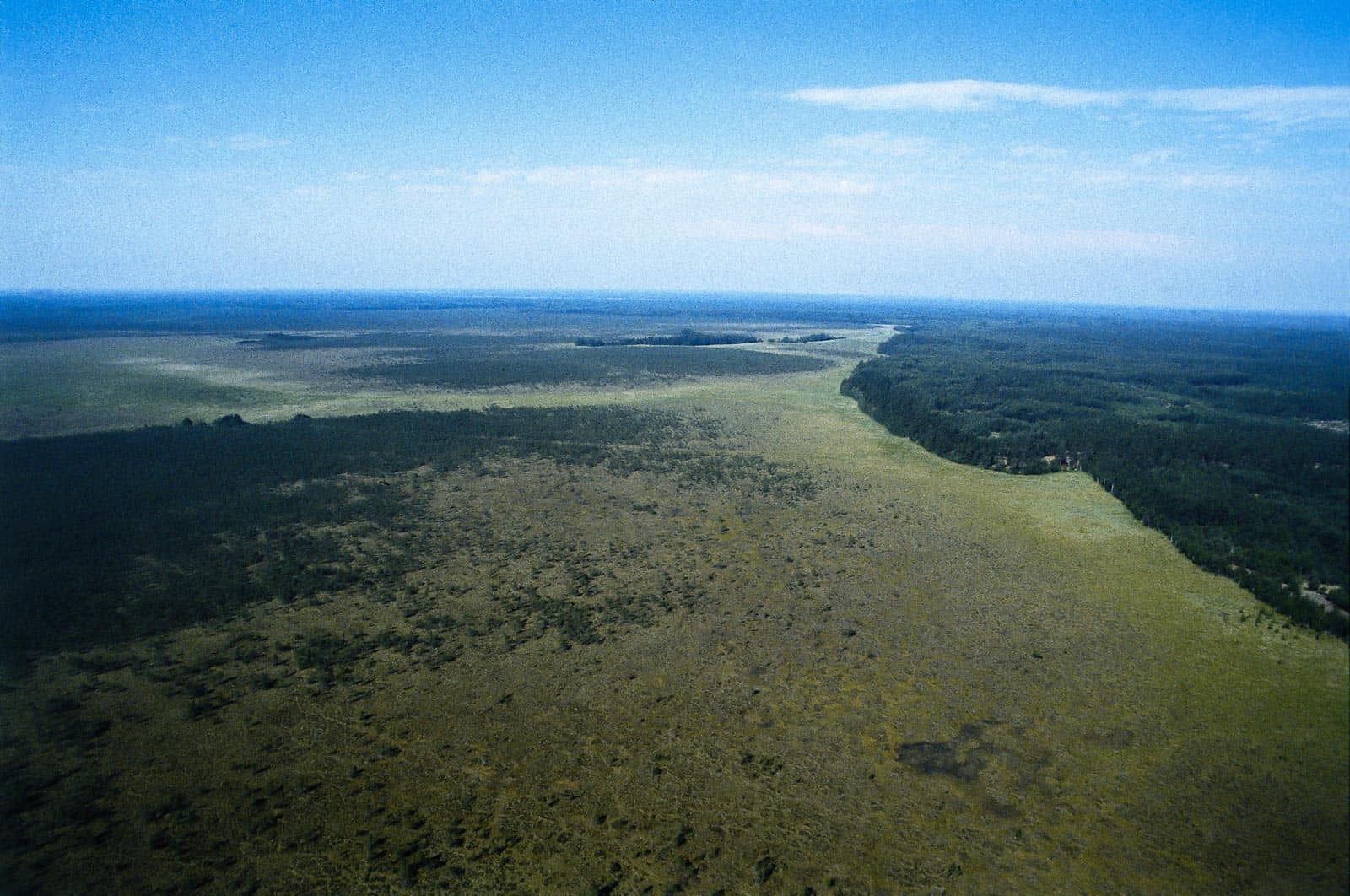21st century protected area
The first National Park, the Yellowstone National Park, was set up in the 19th century. In the 20th century there was a boom in setting up protected areas as a believed key to halt biodiversity loss. How will protected areas look like in the 21st century?
Landing on the moon, cloning, rock n’ roll are all linked to the 20th century. As well as the book of protected areas. According to the latest European Environmental Agency report (October 2012) 21% of the 39 EEA countries in Europe had been protected. Does this mean a success? Surely the attempt of protecting such a significant territory and getting the idea of biodiversity protection across the society are success stories. But biodiversity is still declining in Europe.
Please also read: Wilderness versus Biodiversity
Protected areas though are good starting points to drive a change. but the current system has to be adopted to the challenges of 21st century. There is for instance an interesting proposal from the US to create the 21st century Conservation Service Corps, which aims to engage more young people in protecting Americas wild land (see here)
The change
In our view and our vision is to create the ideal protected areas. Places which people want to support! Places which people want to visit! Places which people know and love! And beyond all…places where people – and not only biologists and ecologists, but economists or engineers – dream to work! Cristiano Ronaldo or Messi are not any longer the example for kids, but the director of Fulufjället National Park, or Retezat National Park.
Sustainability of the crucial word. Protected areas are currently not role model of sustainability. Sustainability would mean ecological, economical, social and management sustainability. Most protected areas are not economically viable (yet), there are social problems, and I think the worst is the management sustainability. Employees of protected areas too quickly and too often get frustrated of their work. This must be changed in the 21st century.
21st century
So what elements are crucial in order to create the 21st century protected area system?
- biodiversity protection is priority number 1: the management of protected area should clearly set biodiversity protection as its first and top priority
- there is a balance between intervention and non-intervention (Wilderness) management within the network of protected areas (would it be a wild dream of 50-50? 50% of all protected areas are set to protect natural processes through applying Wilderness management!)
- protected areas are the best places to work for (eg. the top news of Le Monde in 2014: Christine Lagarde resigns as head of IMF and starts working in Mercantour National Park as the park’s chief economist.
- the future of parks are not designed based on political boundaries or realities but based on biodiversity needs
- the income of protected areas is diversified. The public funding is only one of the sources, but an important one which covers the core costs of protected area.
- protected areas will run 5 different audit processes regularly: management audit (confirming that it is a good place to work), biodiversity audit (a place that meets is primary objective), financial audit (the funding available is used cost-efficiently), visitor management audit (the visitors are satisfied with the services), local impact audit (the local communities can maximise their benefits out of the protected area but not against the biodiversity protection goals!)
These points are still discussion items and our society hopes to create an interesting dialogue with our supporters and readers!







we are working on the direction as you jim described! Inventory what do we have in Europe, identifying where make sense to enlarge wilderness and when build corridors. For that we need number of tools… among other also find a way how to deal with a private property (particular problem in Europe with very diverse and fragmented ownership… Vlado
The 21% number bothers me. I’ve been to alot of these protected areas in Europe and many are not more than a few hectares. Size matters when it comes to conservation. Bigger is better. 12% of Europe protected in large wilderness areas might be far more effective at preventing biodiversity loss than 21% of Europe protected as small, disconnected patches. I know the difficulty of this in Europe given population and historic settlement patterns.
You touch on alot of good points here especially in regards to sustainability for protected areas. I would just add that for any of these areas to be sustainable (along with the biodiversity they need to protect) they will need to grow in size and become connected. Large wilderness cores with protected linages between them.
A large mapping project is in order.